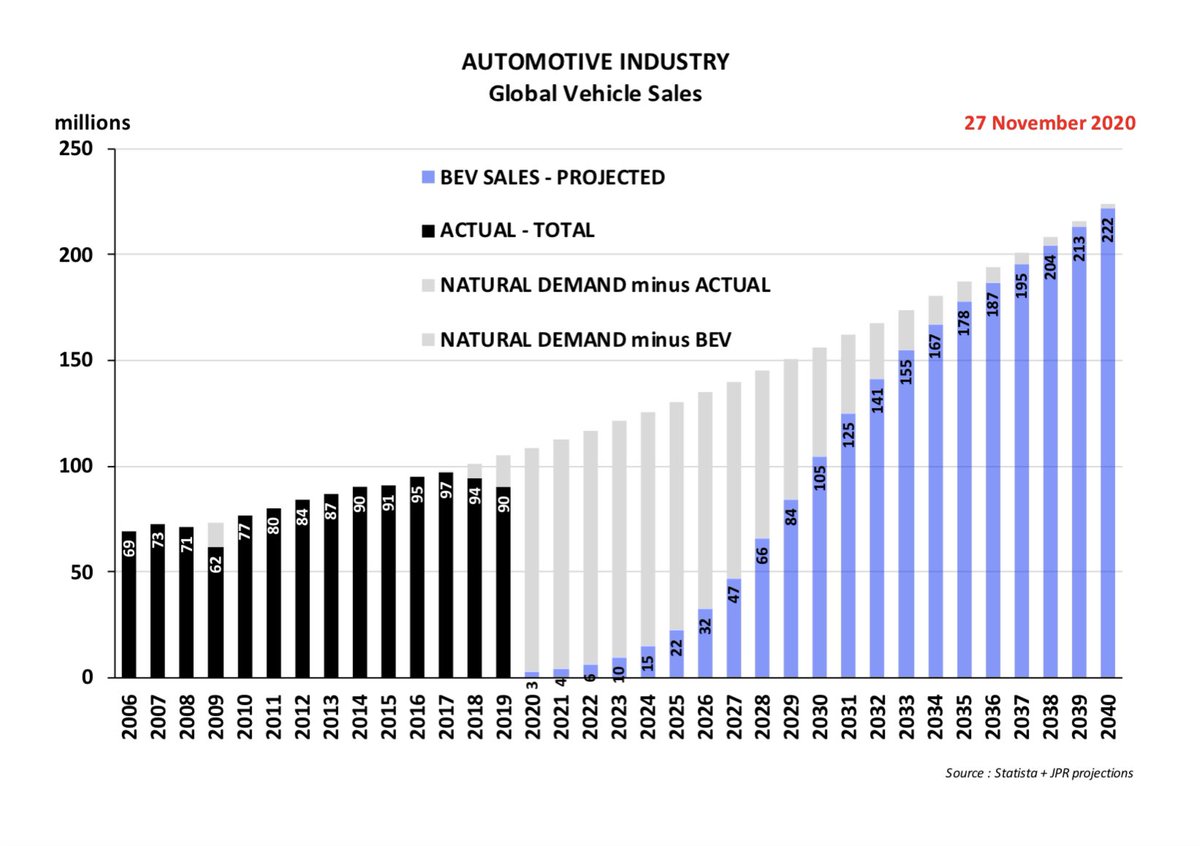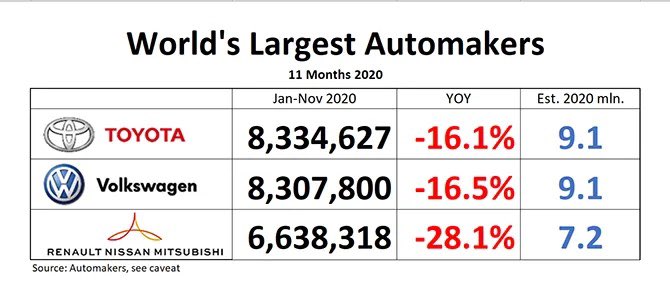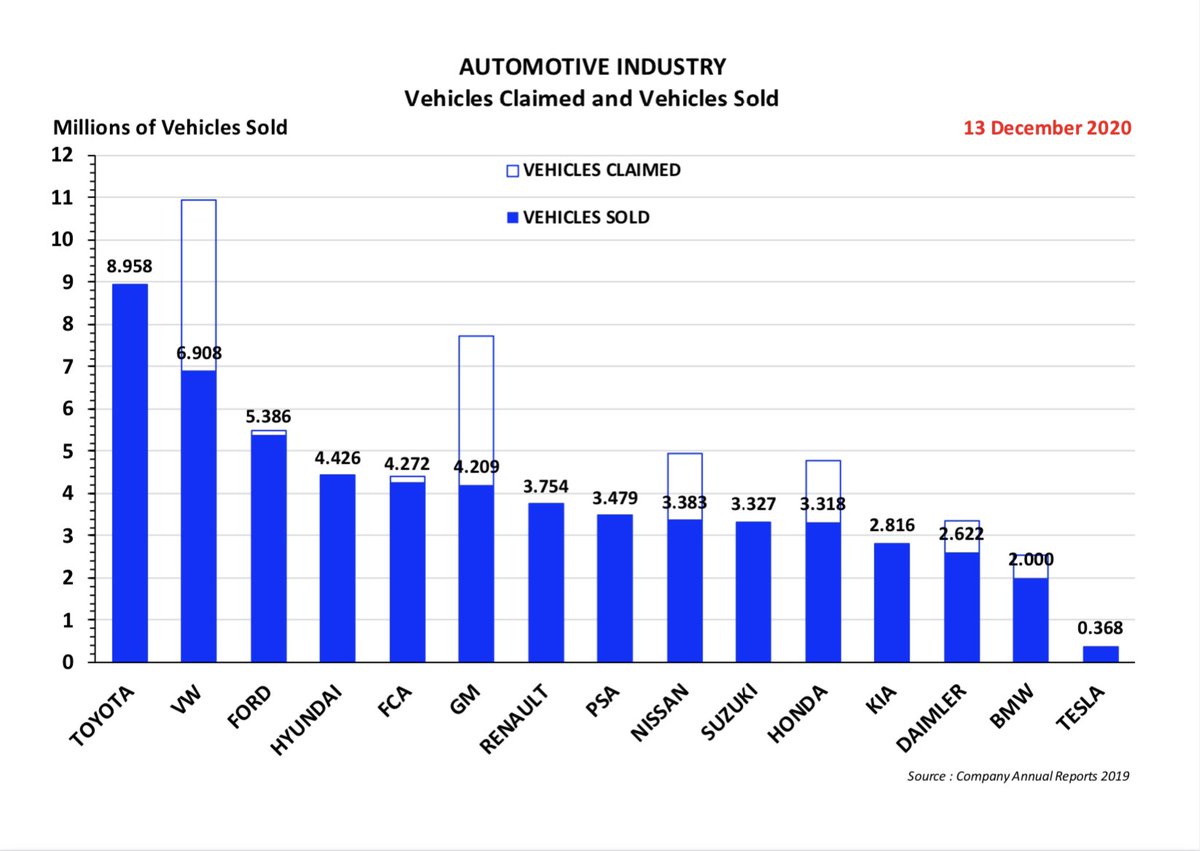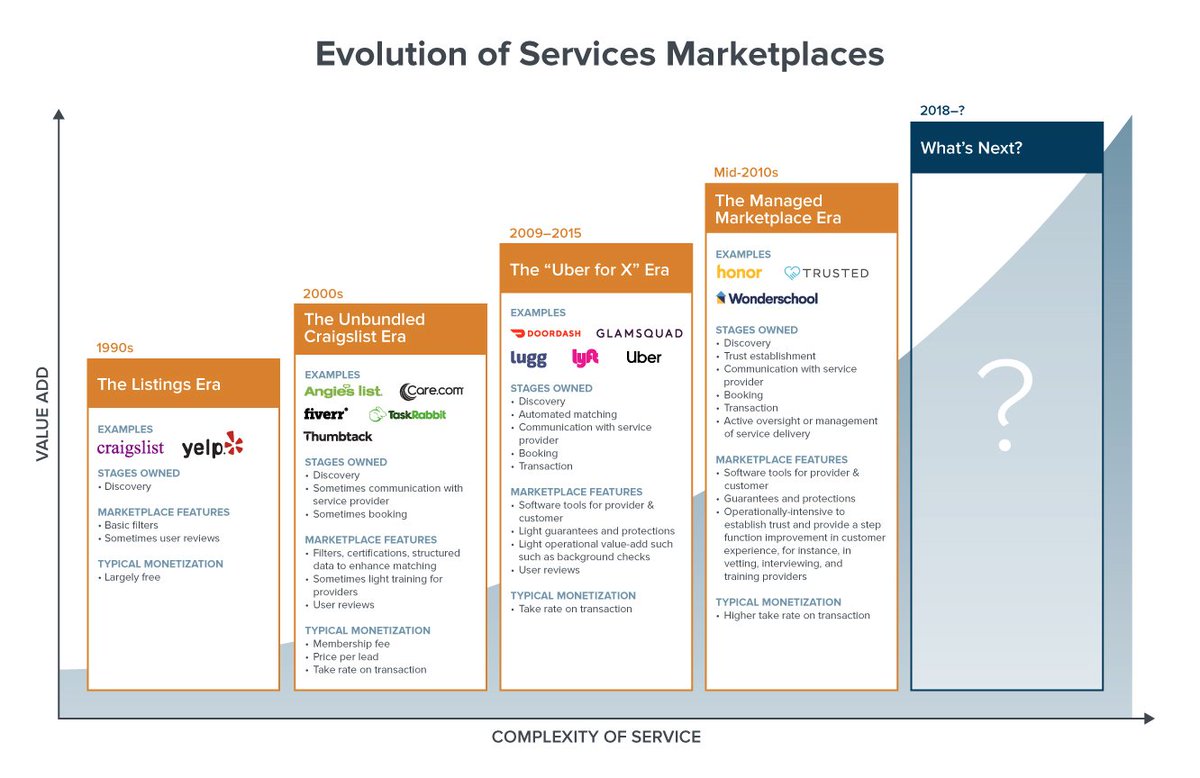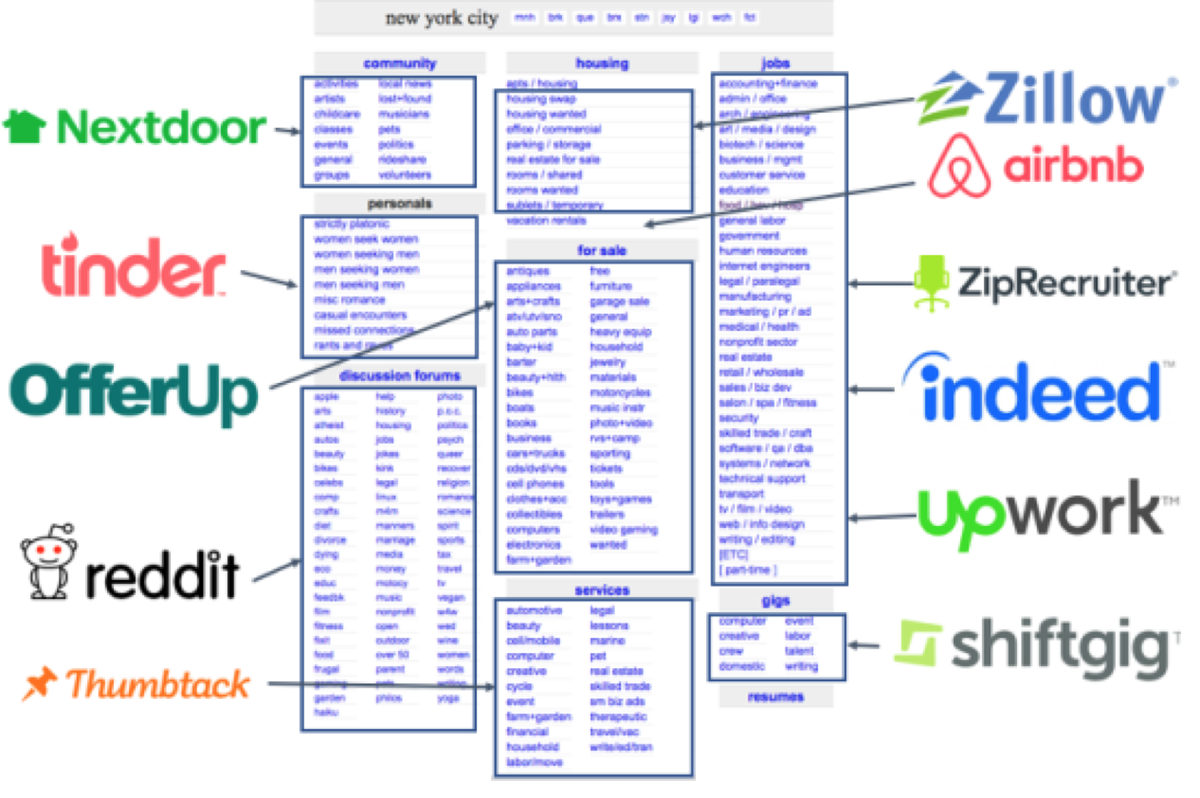There’s also a vast open-plan central London office, easy camaraderie with staff, lots of plants
“Energy needed a digital revolution – and we are it”
Greg Jackson, boss of Octopus Energy, says the sector was ripe for an Amazon or Uber-style disruptor, but that his version will also boost the UK’s green revolution
There’s also a vast open-plan central London office, easy camaraderie with staff, lots of plants
With all these markers of a tech unicorn – a deal last month with Tokyo Gas valued it at $2bn (£1.5bn) – it’s easy to forget that Octopus is an energy company
Jackson, 49, says the distinction is increasingly irrelevant
But Jackson’s vision goes well beyond Britain
And he plans to reach this ambitious milestone within a few years
“We didn’t know about energy, but we could see that the sector had not yet had a digital revolution. From windfarms to household, it ran on systems that were two decades old”
But in a world where cheap and abundant renewable energy is charging millions of batteries in homes and cars, consumers can become active participants in the energy system
It’s one example of a future hi-tech energy system that empowers individuals
“Electricity is becoming a tech sector,” said Jackson.
Already 17 million customers are plugged into Kraken software
Amazon and Uber used technology to trigger a fundamental global shift in sectors which are arguably far more local and personal than energy supply
More from JPR007
More from Business
You May Also Like
@franciscodeasis https://t.co/OuQaBRFPu7
Unfortunately the "This work includes the identification of viral sequences in bat samples, and has resulted in the isolation of three bat SARS-related coronaviruses that are now used as reagents to test therapeutics and vaccines." were BEFORE the

chimeric infectious clone grants were there.https://t.co/DAArwFkz6v is in 2017, Rs4231.
https://t.co/UgXygDjYbW is in 2016, RsSHC014 and RsWIV16.
https://t.co/krO69CsJ94 is in 2013, RsWIV1. notice that this is before the beginning of the project
starting in 2016. Also remember that they told about only 3 isolates/live viruses. RsSHC014 is a live infectious clone that is just as alive as those other "Isolates".
P.D. somehow is able to use funds that he have yet recieved yet, and send results and sequences from late 2019 back in time into 2015,2013 and 2016!
https://t.co/4wC7k1Lh54 Ref 3: Why ALL your pangolin samples were PCR negative? to avoid deep sequencing and accidentally reveal Paguma Larvata and Oryctolagus Cuniculus?
Unfortunately the "This work includes the identification of viral sequences in bat samples, and has resulted in the isolation of three bat SARS-related coronaviruses that are now used as reagents to test therapeutics and vaccines." were BEFORE the

chimeric infectious clone grants were there.https://t.co/DAArwFkz6v is in 2017, Rs4231.
https://t.co/UgXygDjYbW is in 2016, RsSHC014 and RsWIV16.
https://t.co/krO69CsJ94 is in 2013, RsWIV1. notice that this is before the beginning of the project
starting in 2016. Also remember that they told about only 3 isolates/live viruses. RsSHC014 is a live infectious clone that is just as alive as those other "Isolates".
P.D. somehow is able to use funds that he have yet recieved yet, and send results and sequences from late 2019 back in time into 2015,2013 and 2016!
https://t.co/4wC7k1Lh54 Ref 3: Why ALL your pangolin samples were PCR negative? to avoid deep sequencing and accidentally reveal Paguma Larvata and Oryctolagus Cuniculus?








